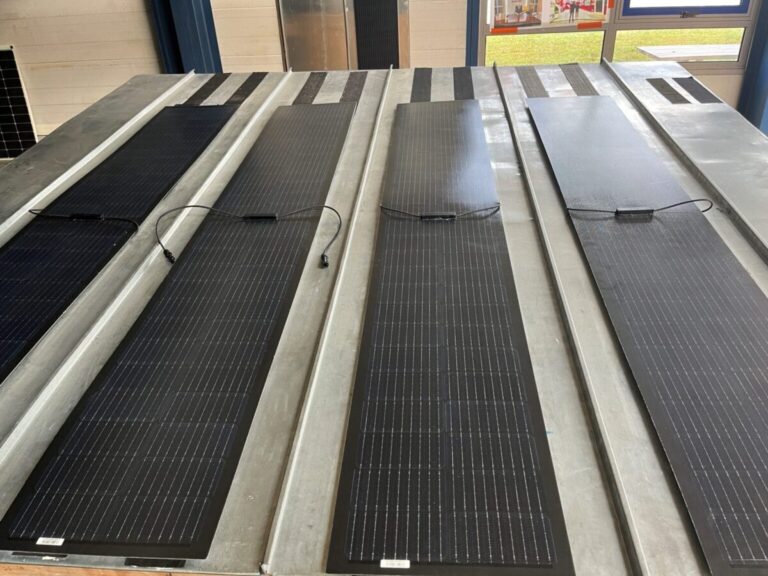Créawatt this week unveiled a new version of its ultra-lightweight Luxsiol photovoltaic system for zinc roofs. It weighs only 3.25 kg/m² and enables all types of flat roofs made of bitumen, PVC, ethylene propylene diene monomer rubber or T333/T250 steel sheet.
The area of zinc roofs in France is significant, especially in Paris, where 70% of roofs are covered with this material, amounting to almost 22 million square meters.
With this in mind, French startup Créawatt has developed an ultra-light and self-attaching photovoltaic solution that takes into account the limitations inherent in this particularly fragile material.
Without a frame or glass, the Luxsiol system weighs only 3.25 kg/m2, making it suitable for flat roofs made of bitumen, PVC, ethylene propylene diene monomer rubber (EPDM), or T333/T250 steel plate. The system is based on 430W low carbon monocrystalline PERC panels with a self-clamping closure that is said to withstand wind speeds of 280 km/h.
It is fire resistant and has a 20 year warranty.
“Zinc is sensitive to heat, is a material that expands a lot and is difficult to repair without risking damage to the roof,” says Laurent Mimaud, general manager of Créawatt. pv magazine France. “We have worked with special adhesives so that our grip system adheres perfectly to the surface and offers good temperature resistance. We also designed and designed a specific solar panel, adapted to the dimensions of the zinc plates and laminated by our Asian partner based on precise specifications.
The 520 W panels measure 2,290 m x 396 mm x 2 mm and are equipped with M10 half cells. They are assembled in France at the Créawatt factory in Amilly (Loiret).
“To integrate solar energy into our areas, we need to enter niches, find all kinds of possible applications and adapt products to specific requirements,” says Mimaud.
The system is offered completely in black to comply with the recommendations of the French construction organization Association des Bâtiments de France. Italian insurer Generali has validated its insurability in civil applications.
This content is copyrighted and may not be reused. If you would like to collaborate with us and reuse some of our content, please contact: editors@pv-magazine.com.


